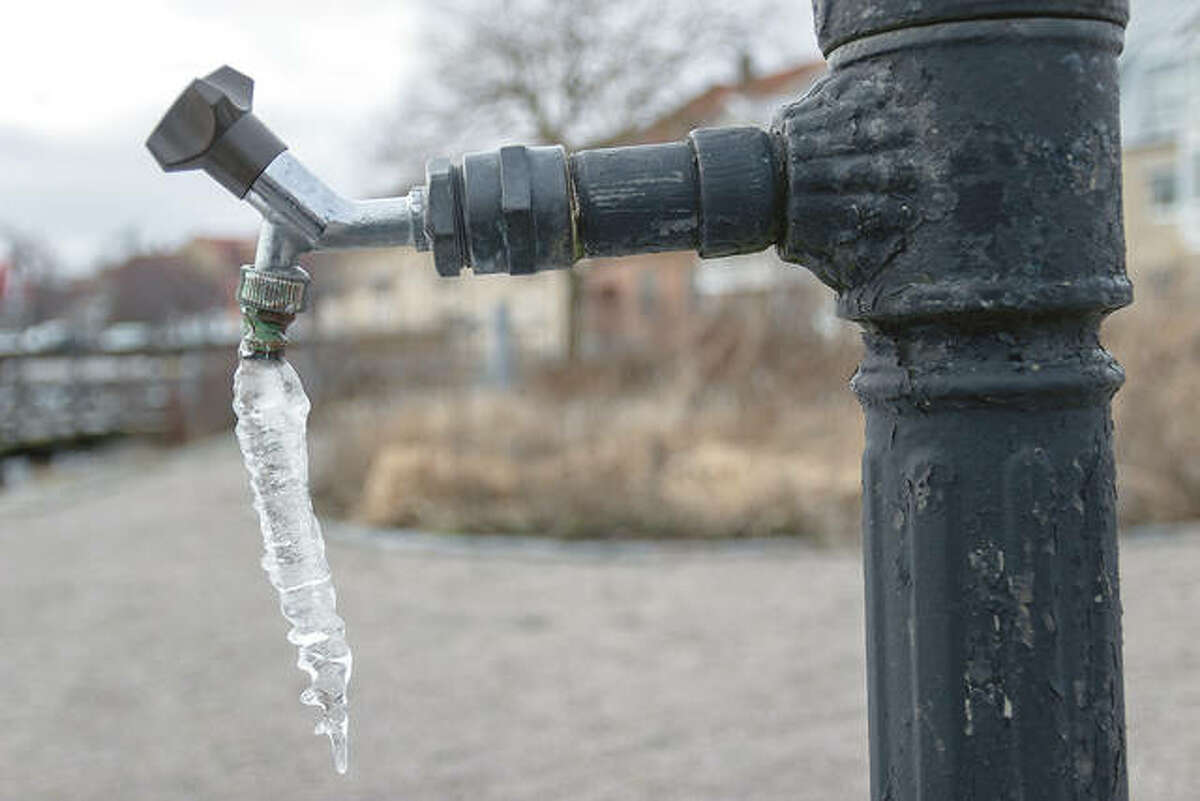They are making several great observations on the subject of Helpful Tips to Prevent Frozen Pipes this Winter overall in the content underneath.

Cold weather can ruin your plumbing, especially by freezing pipelines. Here's just how to prevent it from taking place and what to do if it does.
Intro
As temperatures decline, the risk of frozen pipelines increases, potentially bring about expensive fixings and water damages. Understanding exactly how to stop frozen pipelines is important for homeowners in cold environments.
Understanding Frozen Pipes
What triggers pipelines to ice up?
Pipelines freeze when exposed to temperatures listed below 32 ° F (0 ° C) for extended periods. As water inside the pipes ices up, it increases, taxing the pipe walls and possibly creating them to rupture.
Risks and damages
Icy pipelines can cause supply of water disruptions, residential or commercial property damages, and costly repair work. Ruptured pipes can flooding homes and trigger extensive architectural damage.
Indications of Frozen Pipes
Determining frozen pipes early can stop them from bursting.
Just how to recognize frozen pipelines
Try to find decreased water flow from faucets, unusual odors or sounds from pipelines, and visible frost on revealed pipes.
Prevention Tips
Protecting at risk pipes
Wrap pipes in insulation sleeves or utilize warm tape to shield them from freezing temperature levels. Concentrate on pipelines in unheated or external locations of the home.
Home heating techniques
Keep indoor rooms properly heated, especially areas with plumbing. Open up closet doors to permit cozy air to distribute around pipes under sinks.
Protecting Outdoor Pipes
Yard hose pipes and outdoor taps
Separate and drain garden tubes prior to winter season. Install frost-proof faucets or cover outside faucets with shielded caps.
What to Do If Your Pipes Freeze
Immediate activities to take
If you presume frozen pipelines, keep taps open to eliminate stress as the ice thaws. Make use of a hairdryer or towels soaked in hot water to thaw pipes slowly.
Long-Term Solutions
Structural modifications
Think about rerouting pipes far from exterior walls or unheated areas. Include additional insulation to attic rooms, cellars, and crawl spaces.
Updating insulation
Buy high-grade insulation for pipes, attic rooms, and wall surfaces. Correct insulation assists preserve regular temperature levels and reduces the danger of frozen pipelines.
Conclusion
Avoiding frozen pipelines calls for positive procedures and fast actions. By recognizing the reasons, indications, and safety nets, property owners can secure their pipes during cold weather.
6 Proven Ways to Prevent Frozen Pipes and Protect Your Home
Disconnect and Drain Garden Hoses
Before winter arrives, start by disconnecting your garden hoses and draining any remaining water. Close the shut-off valves that supply outdoor hose bibs and leave the outdoor faucet open to allow any residual water to drain. For extra protection, consider using faucet covers throughout the colder months. It’s also important to drain water from any sprinkler supply lines following the manufacturer’s directions.
Insulate Exposed Pipes
Insulating your pipes is an effective way to prevent freezing. Pipe insulation is readily available at home improvement stores and is relatively inexpensive. Pay close attention to pipes in unheated areas such as the attic, basement, crawl spaces, or garage. Apply foam insulation generously to create a buffer against the cold. You can also wrap your pipes in heat tape or thermostat-controlled heat cables for added warmth.
Seal Air Leaks
Inspect your home for any cracks or openings that could let in cold air. Seal any holes around the piping in interior or exterior walls, as well as the sill plates where your home rests on its foundation. Additionally, make sure to keep your garage door closed unless you’re entering or exiting. Leaving it open creates a significant air leak that can lead to frozen pipes.
Allow Warm Air Circulation
During cold snaps, it’s essential to allow warm air to circulate evenly throughout your home. Leave interior doors ajar to promote better airflow. Open kitchen and bathroom cabinets to help distribute heat consistently around the rooms. If you have small children or pets, be sure to remove any household chemicals or potentially harmful cleaners from open cabinets for safety.
Let Faucets Drip
A small trickle of water can make a big difference in preventing ice formation inside your pipes. When temperatures drop significantly, start a drip of water from all faucets served by exposed pipes. This continuous flow helps prevent the water from freezing. Additionally, running a few faucets slightly can relieve pressure inside the pipes, reducing the chances of a rupture if the water inside does freeze.
https://choateshvac.com/6-proven-ways-to-prevent-frozen-pipes-and-protect-your-home/

I'm very serious about How to Prevent Your Pipes From Freezing and I'm hoping you liked my blog entry. Do you know someone else who is in the market for the niche? Please feel free to promote it. I truly appreciate reading our article about How to prepare your home plumbing for winter weather.
Call Today